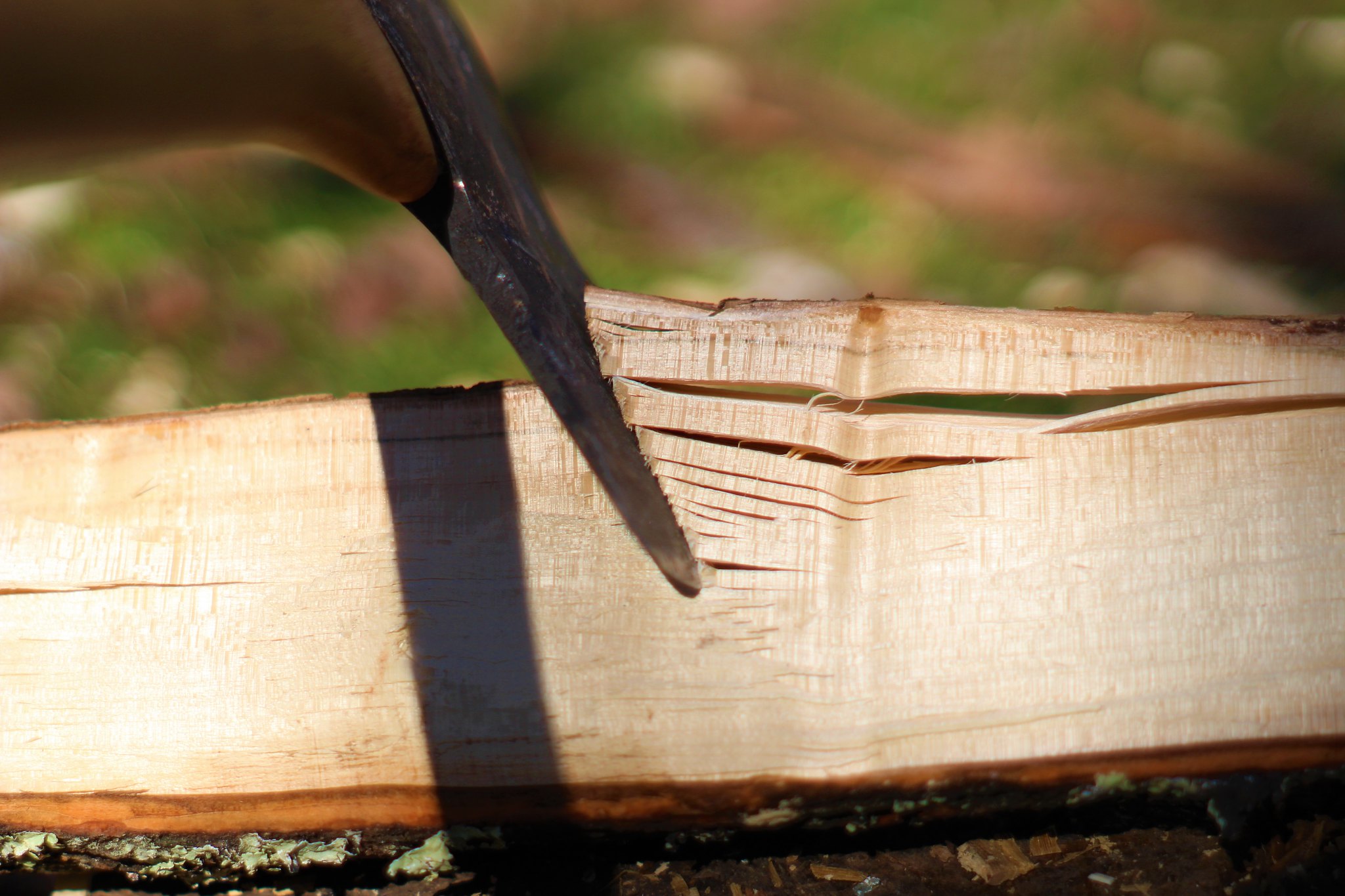- Joined
- Dec 7, 2016
- Messages
- 38
I have a piece of steel a 1/4 of an inch thick lying around, and I am wondering about a design for a practical wood hatchet that I can make out of this. The main problems appear to be the that the steel is a bit to thin to split the wood apart like a traditional axe, and attaching the blade the the haft seems troublesome. I have thought of three ways of attaching the head, a full tang design with scales on the sides, a slot starting at the top of the haft with a 4 inch tang inside, and a slot starting about an inch away for the top just big enough for a simple axe head to be inserted into it. I could post this in the knife making section but wanted the opions of the axe experts (as I know very little about axes). Feel free to post picture of stock removal axes you like, comment on my design ideas, and comment on stock removal axes in general.


